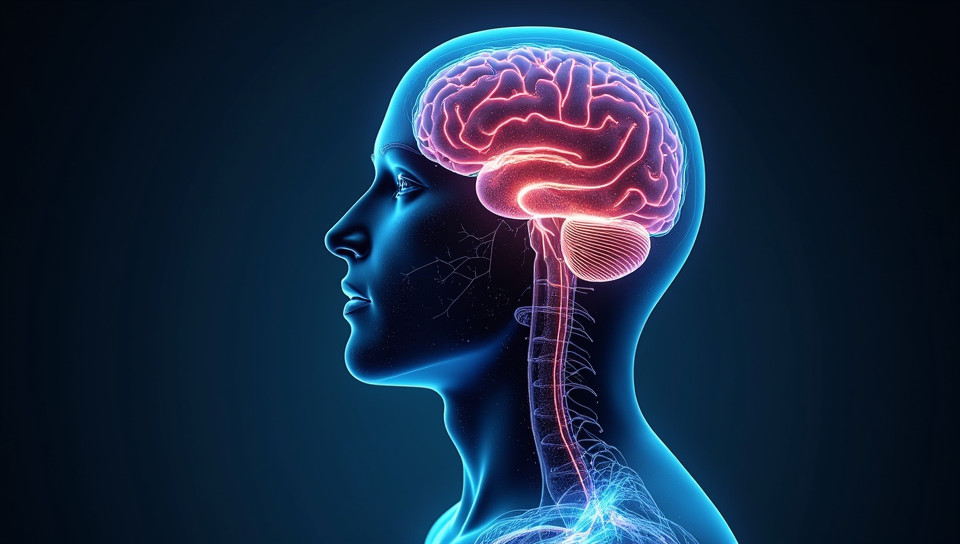The brain controls breathing functions 39%

The Brain's Masterful Control Over Breathing Functions
Breathing is an essential function that sustains life, yet it's often taken for granted. We don't think twice about inhaling and exhaling air until something disrupts this natural process. But have you ever wondered what controls our breathing functions? The answer lies in the complex workings of the human brain.
The Autonomic Nervous System: The Regulator
The autonomic nervous system (ANS) is responsible for controlling involuntary actions, including breathing. It's divided into two branches: the sympathetic nervous system and the parasympathetic nervous system. The ANS works tirelessly behind the scenes to regulate our breathing functions, adapting to various situations such as sleep, exercise, or stress.
Breathing Patterns: A Reflection of Brain Activity
Breathing patterns can reveal a great deal about brain activity. For instance:
- Rapid breathing may indicate increased sympathetic activity, often associated with anxiety or fear.
- Slow and deep breathing is commonly linked to parasympathetic dominance, promoting relaxation and calmness.
- Irregular breathing patterns can be indicative of neurological disorders such as epilepsy.
The Brain's Response to External Stimuli
The brain's response to external stimuli plays a crucial role in controlling breathing functions. For example:
- Smelling a pleasant scent can stimulate the brain's limbic system, leading to a calming effect on breathing.
- A sudden noise or threat can activate the sympathetic nervous system, resulting in rapid and shallow breathing.
Conclusions
In conclusion, the brain exerts masterful control over our breathing functions through the autonomic nervous system. Breathing patterns serve as an indicator of brain activity, reflecting our emotional and physiological state. Understanding this intricate relationship between the brain and breathing can lead to better management of respiratory health and overall well-being.
- Created by: Paulo Azevedo
- Created at: Oct. 27, 2024, 11:39 a.m.
- ID: 14462









